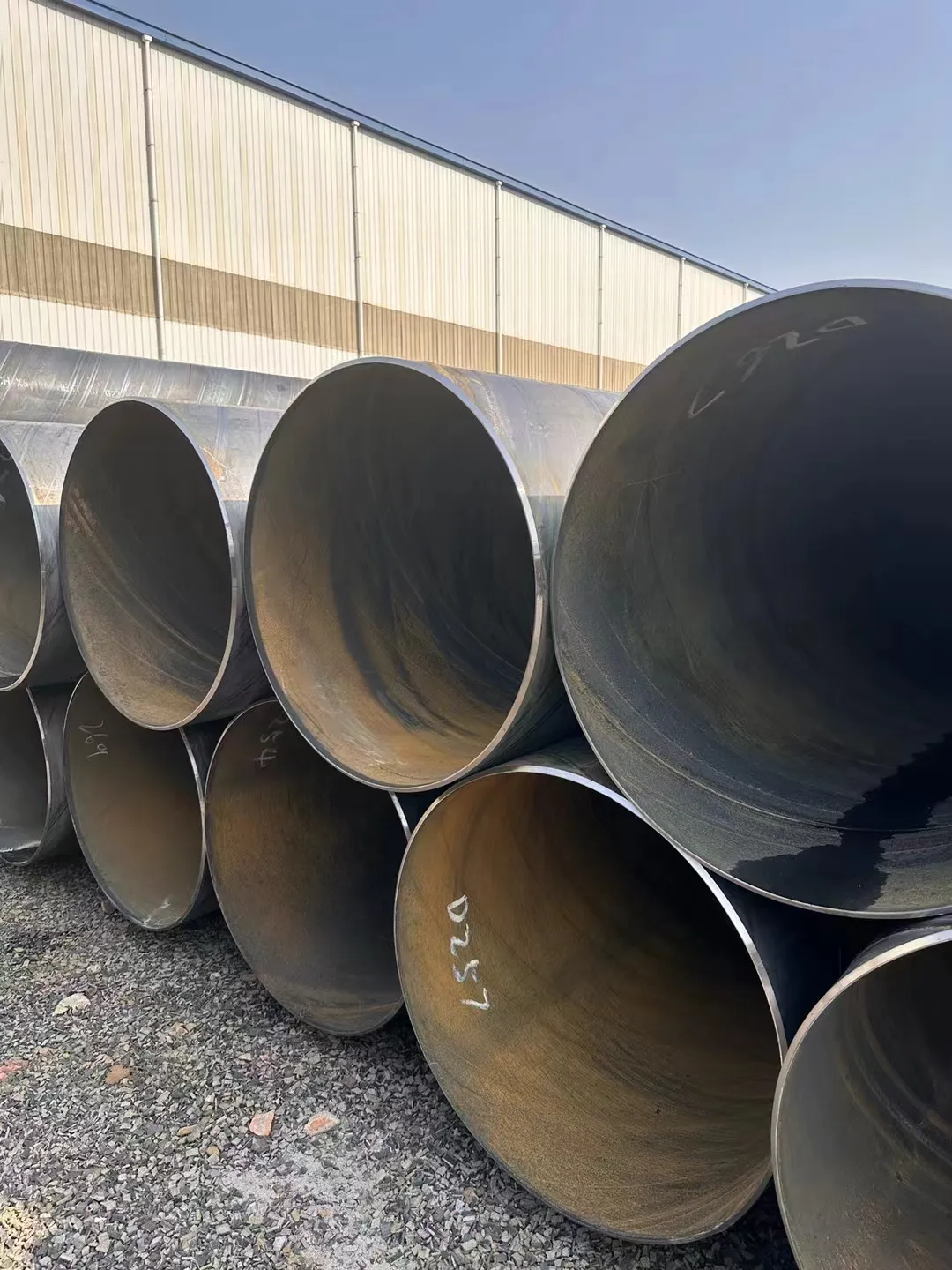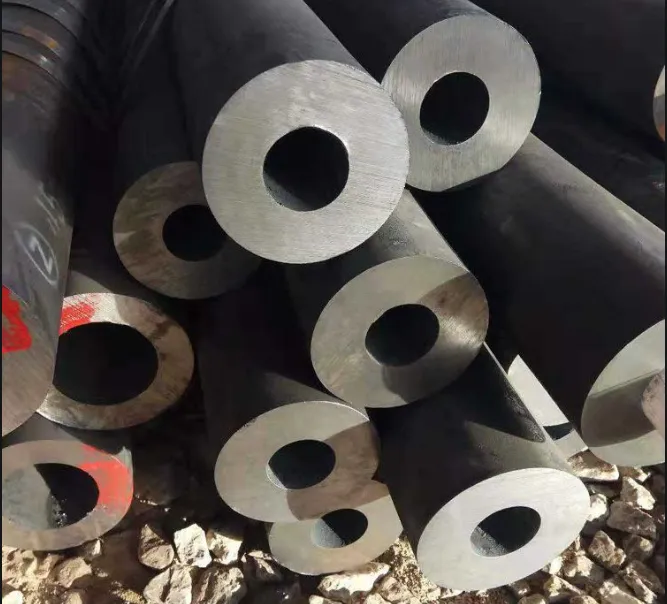-
Cangzhou Yulong Steel Co., Ltd.
-
Phone:
+86 13303177267 -
Email:
admin@ylsteelfittings.com
- English
- Arabic
- Italian
- Spanish
- Portuguese
- German
- kazakh
- Persian
- Greek
- French
- Russian
- Polish
- Thai
- Indonesian
- Vietnamese
- Zulu
- Korean
- Uzbek
- Hindi
- Serbian
- Malay
- Ukrainian
- Gujarati
- Haitian Creole
- hausa
- hawaiian
- Hebrew
- Miao
- Hungarian
- Icelandic
- igbo
- irish
- Japanese
- Javanese
- Kannada
- Khmer
- Rwandese
- Afrikaans
- Albanian
- Amharic
- Armenian
- Azerbaijani
- Basque
- Belarusian
- Bengali
- Bosnian
- Bulgarian
- Catalan
- Cebuano
- China
- China (Taiwan)
- Corsican
- Croatian
- Czech
- Danish
- Esperanto
- Estonian
- Finnish
- Frisian
- Galician
- Georgian
- Kurdish
- Kyrgyz
- Lao
- Latin
- Latvian
- Lithuanian
- Luxembourgish
- Macedonian
- Malgashi
- Malayalam
- Maltese
- Maori
- Marathi
- Mongolian
- Myanmar
- Nepali
- Norwegian
- Norwegian
- Occitan
- Pashto
- Dutch
- Punjabi
- Romanian
- Samoan
- Scottish Gaelic
- Sesotho
- Shona
- Sindhi
- Sinhala
- Slovak
- Slovenian
- Somali
- Sundanese
- Swahili
- Swedish
- Tagalog
- Tajik
- Tamil
- Tatar
- Telugu
- Turkish
- Turkmen
- Urdu
- Uighur
- Welsh
- Bantu
- Yiddish
- Yoruba

Jan . 26, 2025 06:35 Back to list
different types of flanges used in piping
Understanding the various types of welding in piping is crucial for ensuring the integrity, reliability, and efficiency of piping systems across industries. This knowledge not only aids in selecting the appropriate welding technique but also enhances safety standards, improves durability, and reduces maintenance costs. Drawing upon extensive expertise and industry authority, this article delves into the common yet indispensable welding techniques in piping.
Flux-Cored Arc Welding (FCAW) bears similarity to MIG welding but utilizes a wire with a core of flux. The process can be either self-shielded or dual-shielded with additional gas. FCAW stands out for its high welding speed and portability, making it advantageous for heavy-duty work and outdoor operations where external environmental conditions can influence gas flow from conventional methods. It is particularly beneficial in industries like construction and shipbuilding, where thicker, heavy-duty materials are common. Submerged Arc Welding (SAW) is distinctive as it involves the formation of an arc beneath a bed of granulated material. The protective flux blanket facilitates a high deposition rate, with the additional benefit of deep penetration welds. This method is mainly used in large-diameter piping and pressure vessel constructions due to its exemplary efficiency and strength. However, its limitation to flat or horizontal position makes its application somewhat constrained. Each welding technique has its own set of advantages, tailored to specific pipe materials, positions, and industrial requirements. While advancements in welding technology continue to emerge, the foundation built by these methods remains. Through the lens of experience, expertise, authority, and trustworthiness, the decision on which welding type to employ should incorporate a comprehensive understanding of the specific material characteristics, environmental conditions, and desired outcome of the piping system application. Ultimately, selecting the correct type of welding is pivotal in realizing the full potential of a piping system, ensuring superior performance and extending the lifecycle of the welded components. As technologies evolve, integrating innovative tools and practices with these traditional methods will continue to meet the diverse and demanding needs of modern industries.


Flux-Cored Arc Welding (FCAW) bears similarity to MIG welding but utilizes a wire with a core of flux. The process can be either self-shielded or dual-shielded with additional gas. FCAW stands out for its high welding speed and portability, making it advantageous for heavy-duty work and outdoor operations where external environmental conditions can influence gas flow from conventional methods. It is particularly beneficial in industries like construction and shipbuilding, where thicker, heavy-duty materials are common. Submerged Arc Welding (SAW) is distinctive as it involves the formation of an arc beneath a bed of granulated material. The protective flux blanket facilitates a high deposition rate, with the additional benefit of deep penetration welds. This method is mainly used in large-diameter piping and pressure vessel constructions due to its exemplary efficiency and strength. However, its limitation to flat or horizontal position makes its application somewhat constrained. Each welding technique has its own set of advantages, tailored to specific pipe materials, positions, and industrial requirements. While advancements in welding technology continue to emerge, the foundation built by these methods remains. Through the lens of experience, expertise, authority, and trustworthiness, the decision on which welding type to employ should incorporate a comprehensive understanding of the specific material characteristics, environmental conditions, and desired outcome of the piping system application. Ultimately, selecting the correct type of welding is pivotal in realizing the full potential of a piping system, ensuring superior performance and extending the lifecycle of the welded components. As technologies evolve, integrating innovative tools and practices with these traditional methods will continue to meet the diverse and demanding needs of modern industries.
Latest news
-
ANSI 150P SS304 SO FLANGE
NewsFeb.14,2025
-
ASTM A333GR6 STEEL PIPE
NewsJan.20,2025
-
ANSI B16.5 WELDING NECK FLANGE
NewsJan.15,2026
-
ANSI B16.5 SLIP-ON FLANGE
NewsApr.19,2024
-
SABS 1123 FLANGE
NewsJan.15,2025
-
DIN86044 PLATE FLANGE
NewsApr.19,2024
-
DIN2527 BLIND FLANGE
NewsApr.12,2024
-
JIS B2311 Butt-Welding Fittings LR/SR 45°/90° /180°Seamless/Weld
NewsApr.23,2024











